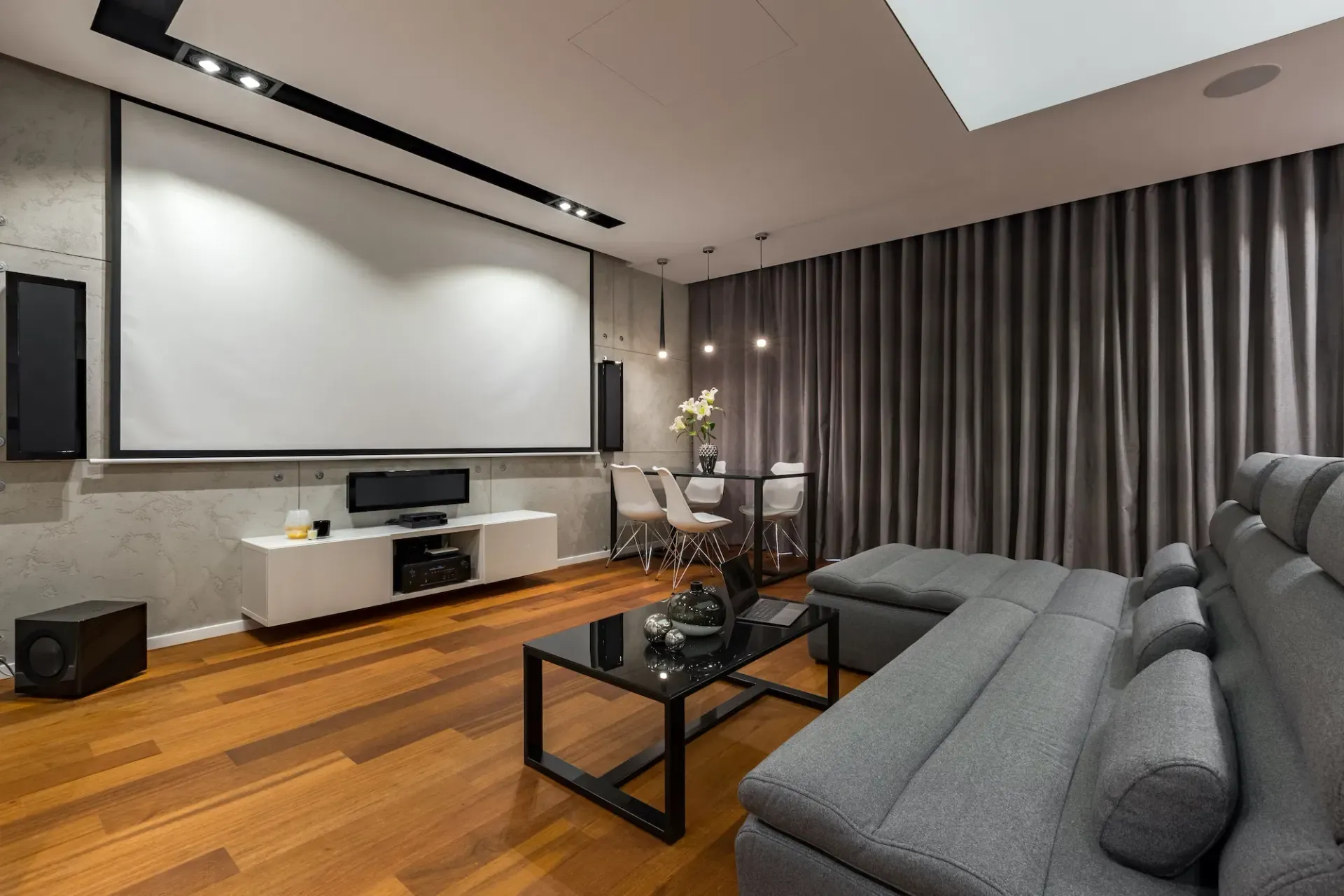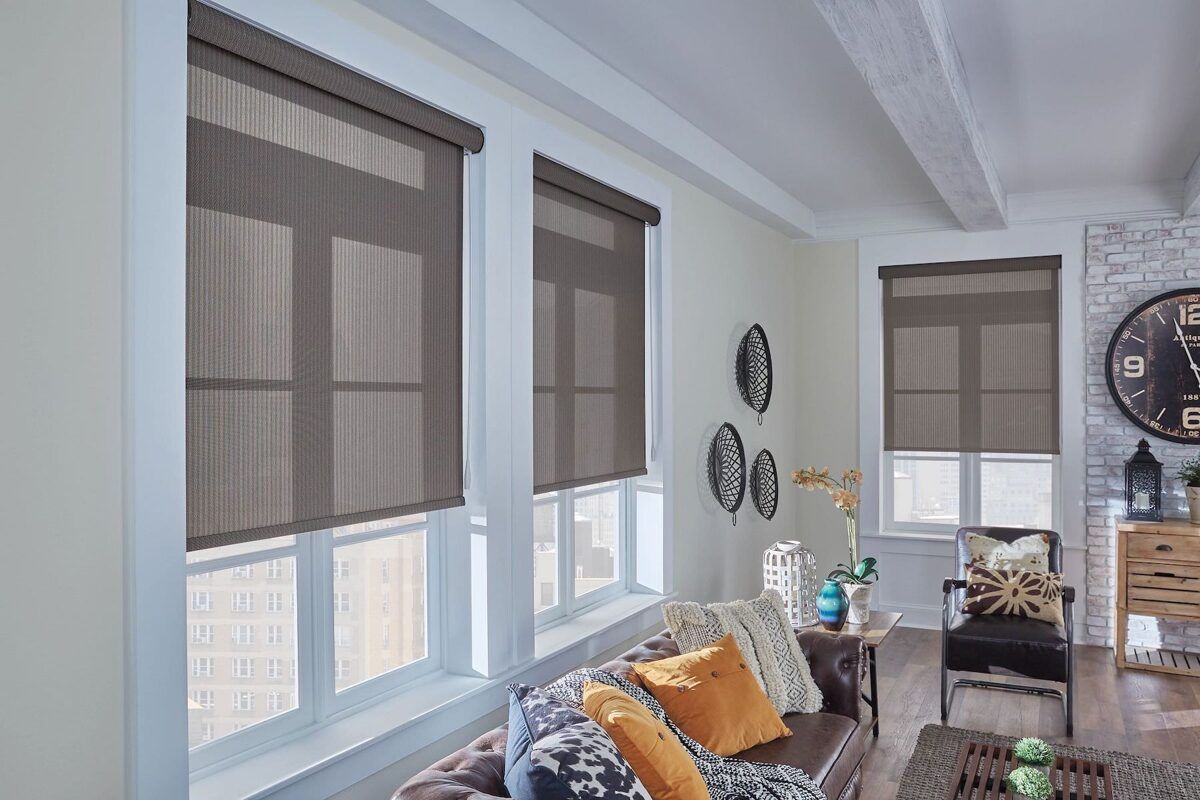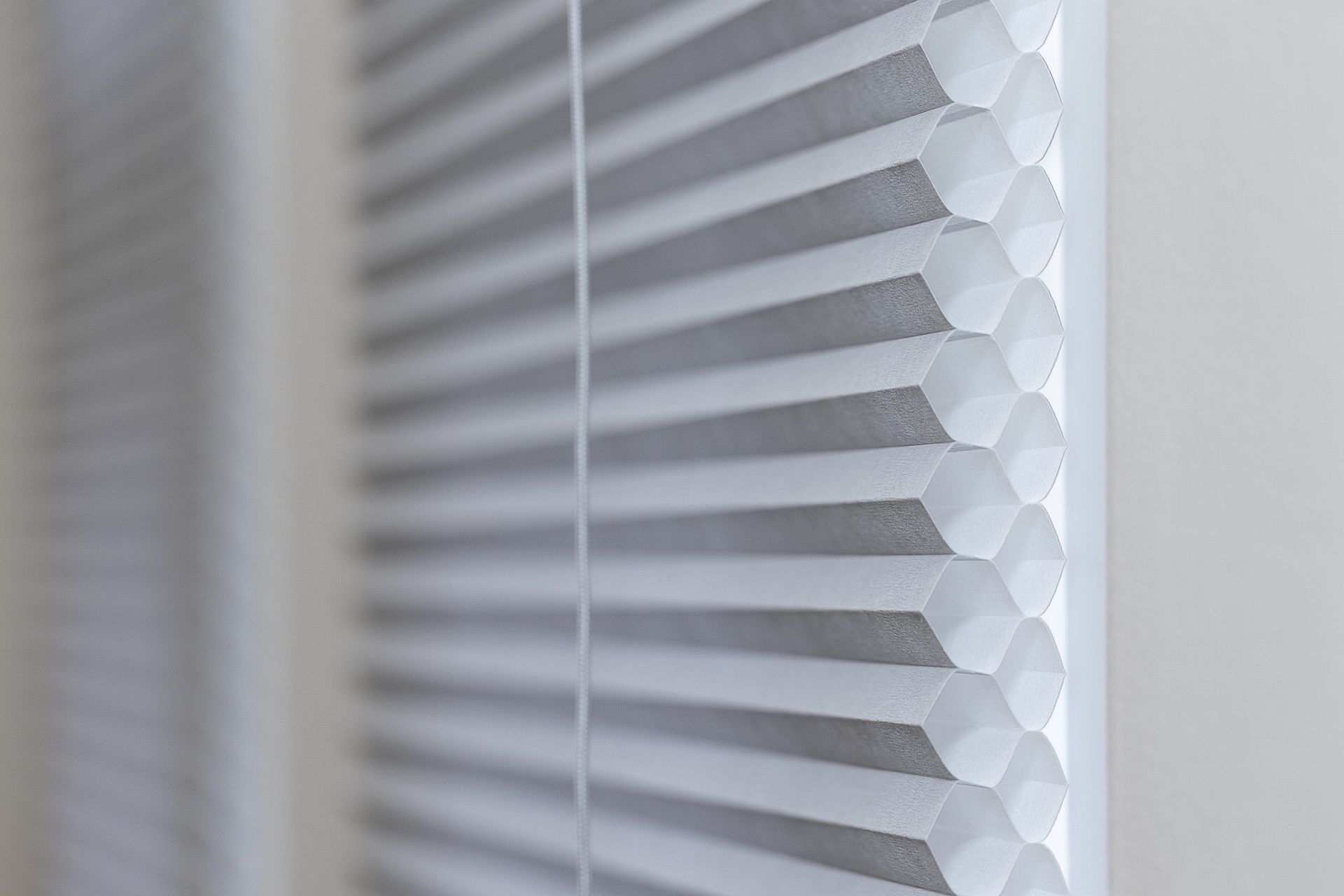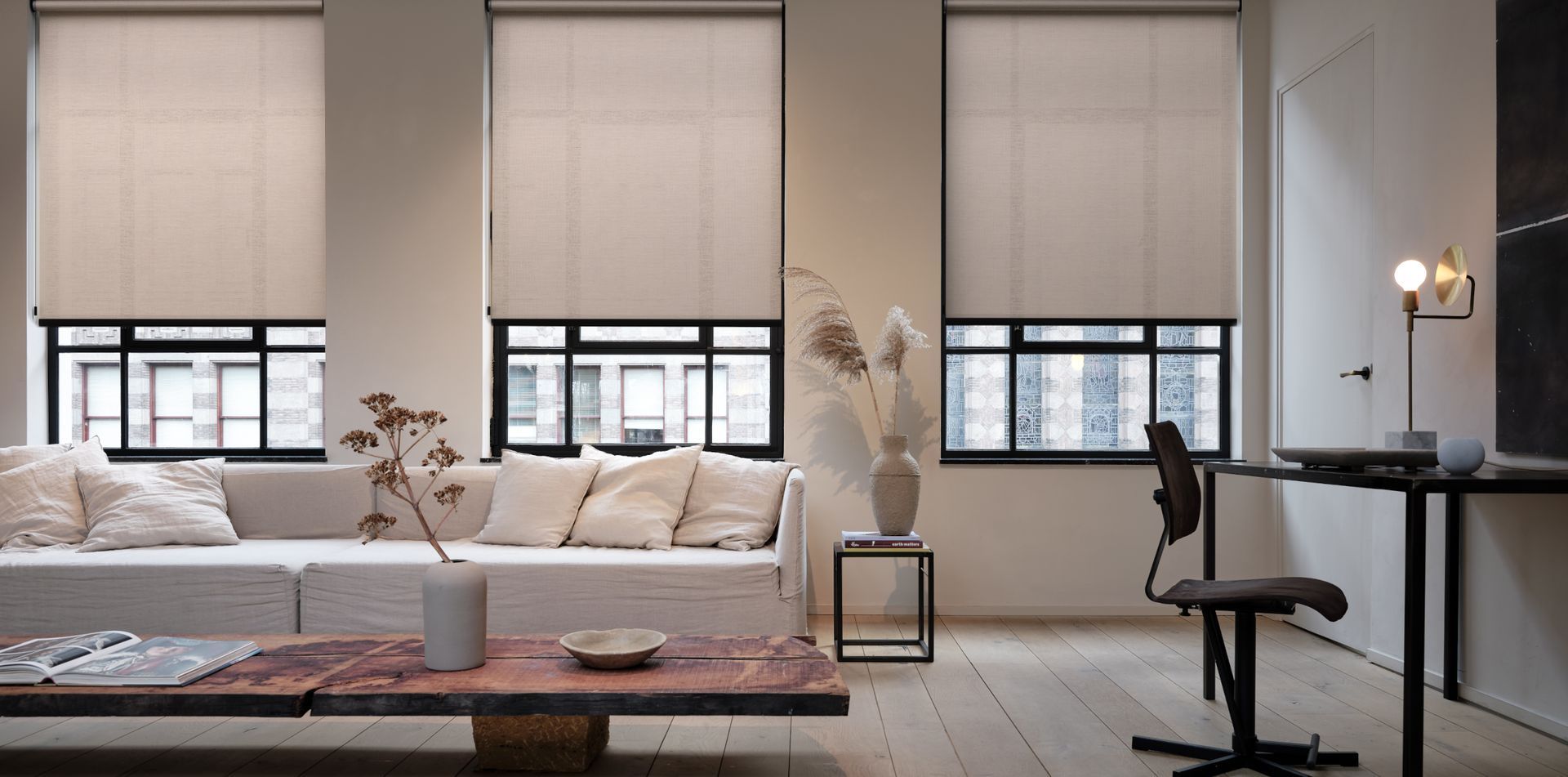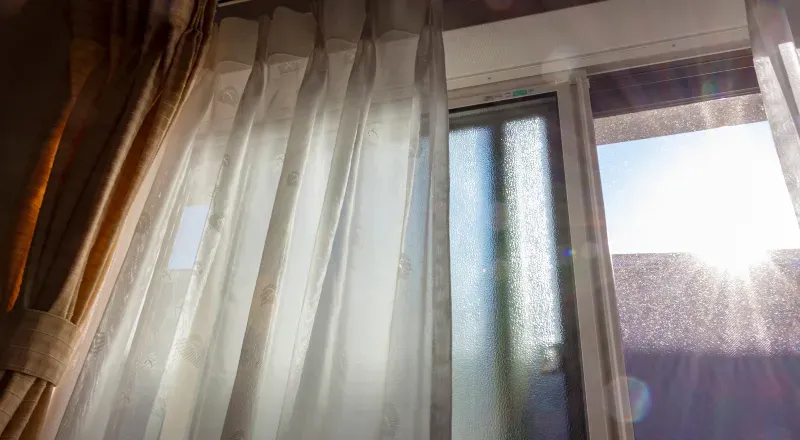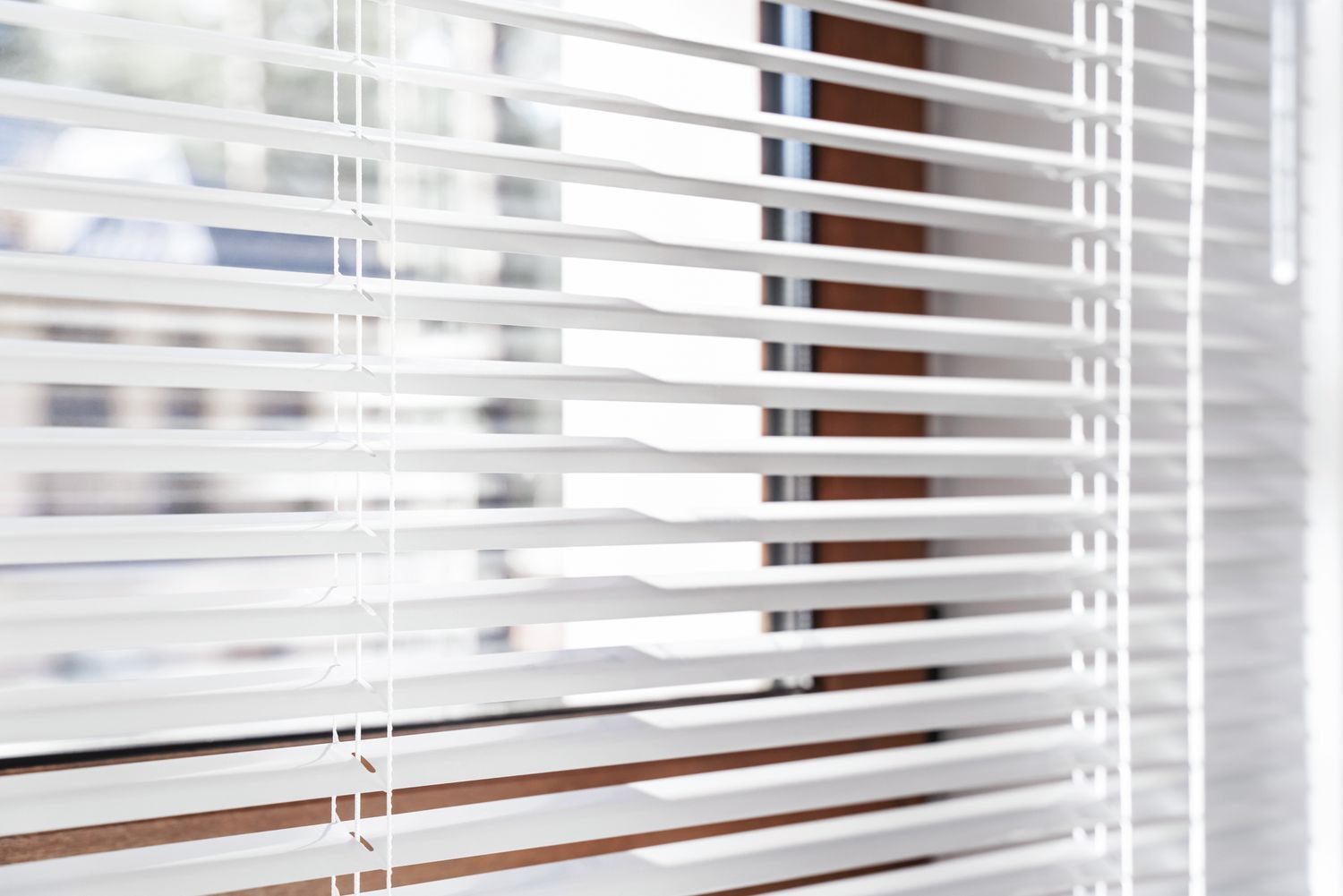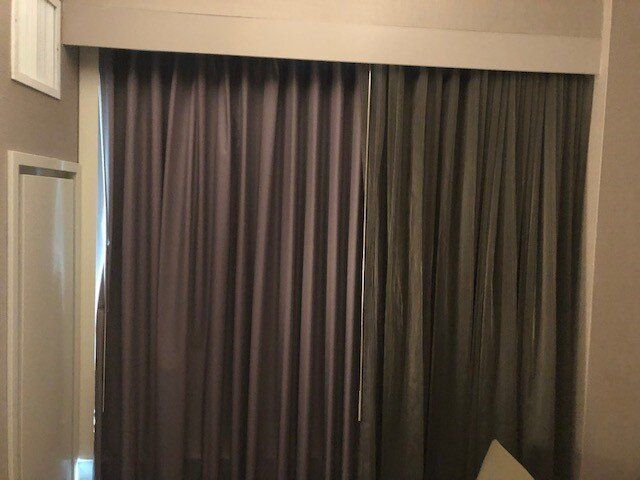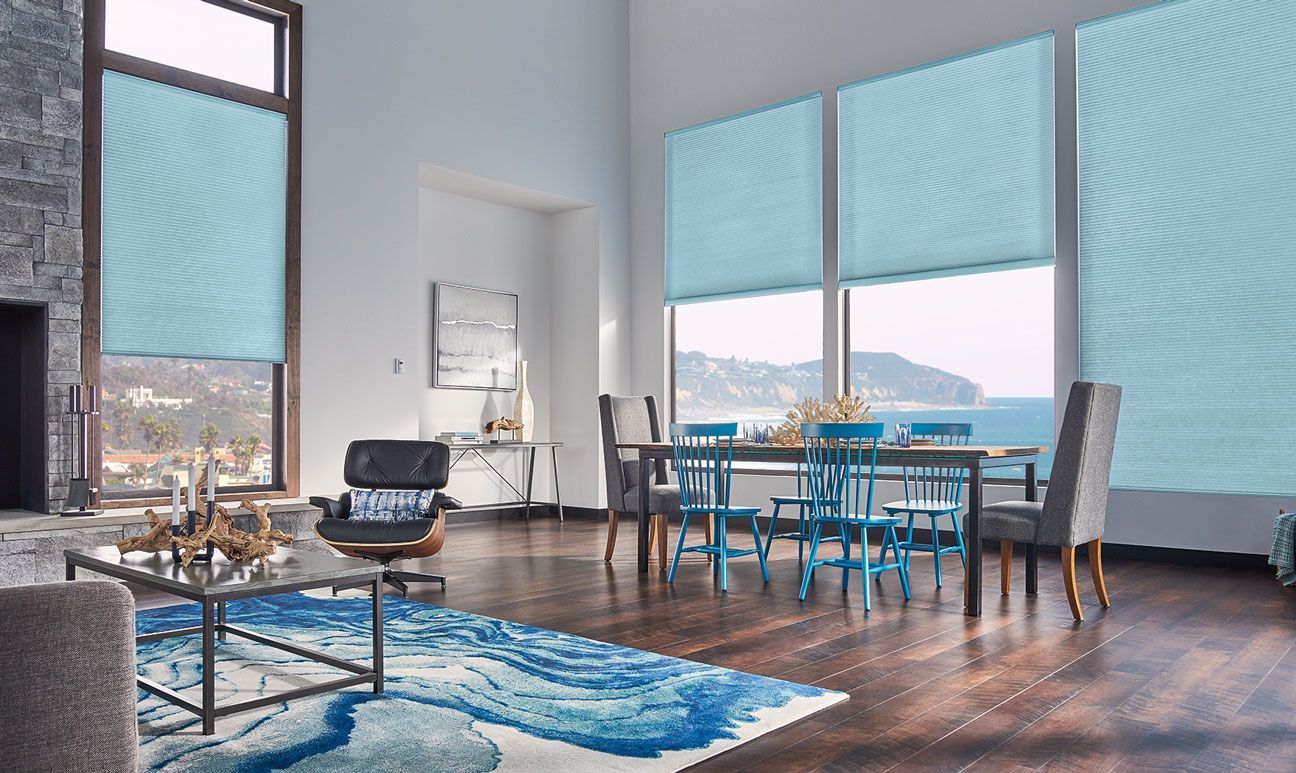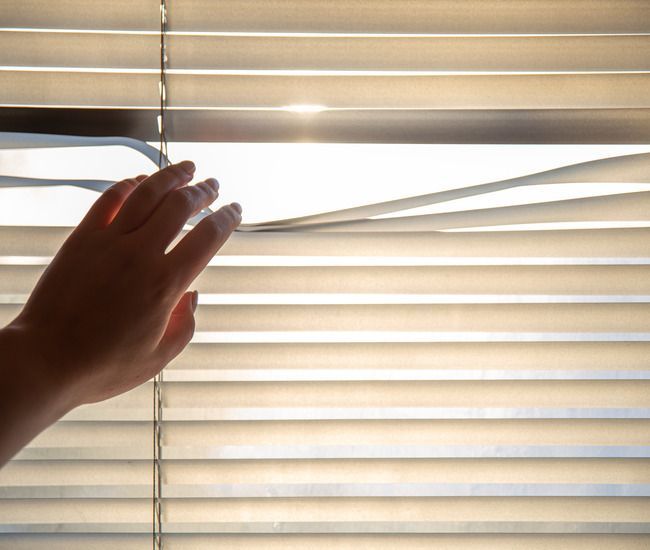What Are the Best Window Treatments for Drafty Windows?
Drafty windows can be a silent culprit behind high energy bills and an uncomfortable home environment, especially during colder months. The right window treatments, however, can make a world of difference in sealing out drafts, maintaining indoor temperatures, and even adding aesthetic charm to your home.
Why Are Drafty Windows a Problem?
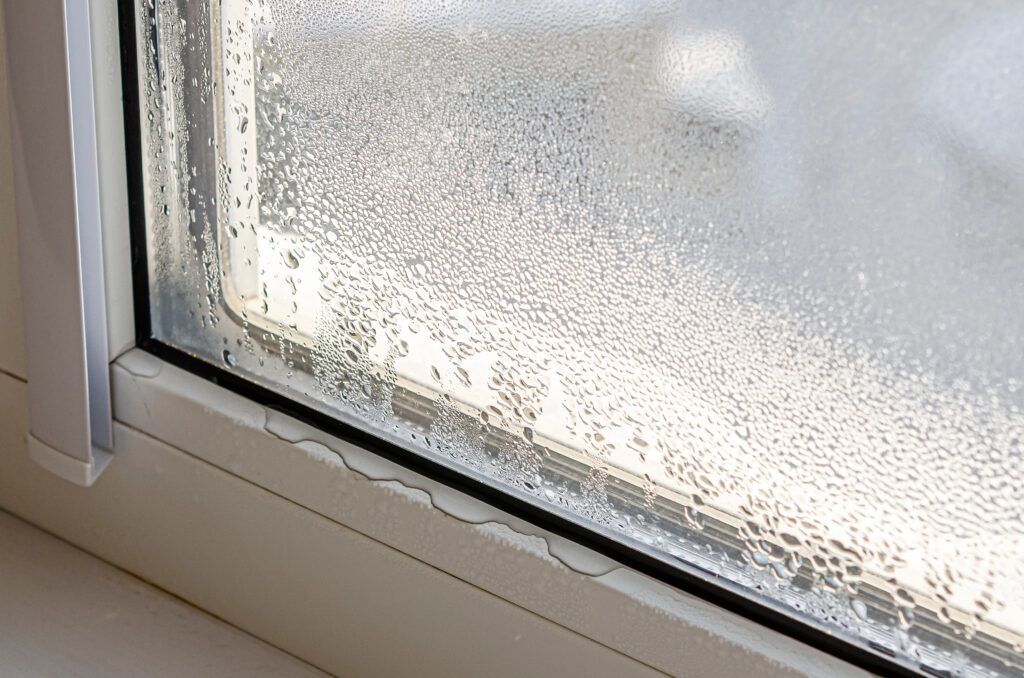
Drafty windows are a major source of energy loss in homes. According to the U.S. Department of Energy, windows account for 25% to 30% of residential heating and cooling energy use. When windows allow cold air to seep in, your heating system has to work overtime to maintain a comfortable temperature. This not only increases your energy bills but also diminishes indoor comfort.
Beyond energy efficiency, drafty windows can create an uneven indoor climate, making some rooms colder than others. Over time, they may even lead to issues like condensation, mold growth, or damage to window frames and surrounding walls. Addressing drafts is therefore essential for both energy savings and home maintenance.
Key Features to Look for in Window Treatments for Drafty Windows
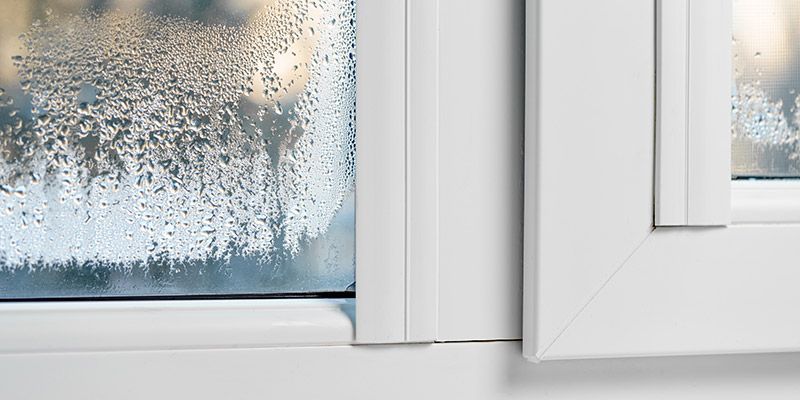
When shopping for window treatments to combat drafts, consider the following key features:
- Insulation: Look for treatments made from materials designed to trap air and reduce heat transfer.
- Light Control: Some treatments allow you to manage natural light while maintaining insulation.
- Energy Efficiency: Options like cellular shades and thermal curtains are designed to reduce energy loss.
- Durability: Choose high-quality materials that withstand wear and tear while providing effective draft-proofing.
Top Window Treatments for Drafty Windows
Cellular Shades: The Ultimate Insulators
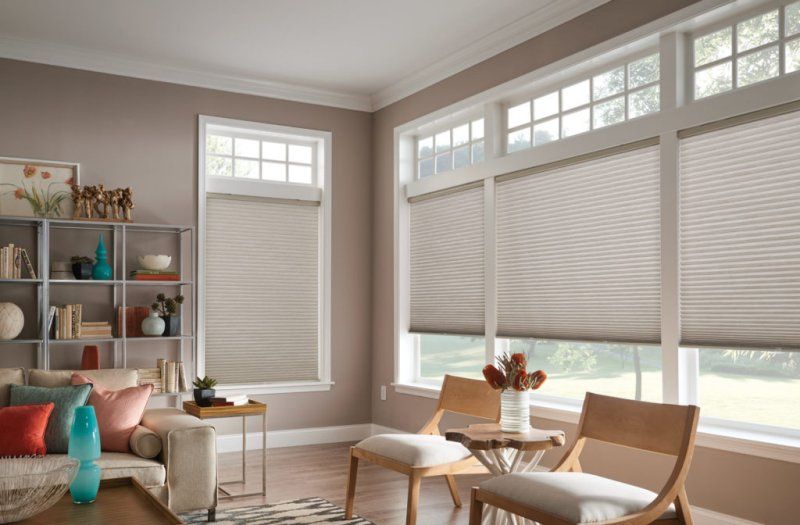
Cellular shades, also known as honeycomb shades, are among the best options for insulating drafty windows. Their honeycomb structure traps air within pockets, creating an effective barrier against heat loss and cold drafts.
Benefits of cellular shades include:
- High energy efficiency.
- A wide range of styles and colors to match any decor.
- Options for light filtering or complete blackout.
Thermal Curtains: Stylish and Functional
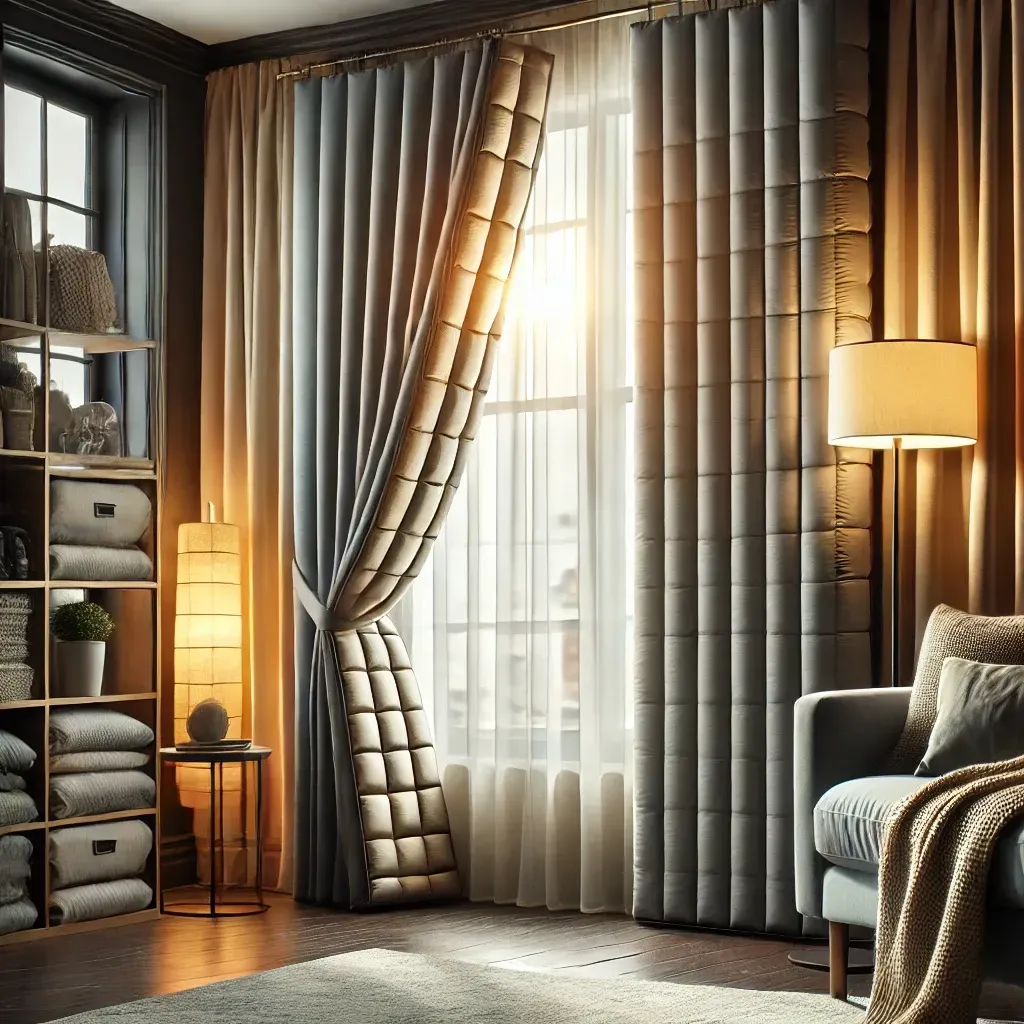
Thermal curtains are designed with multiple layers of fabric, including a thermal lining that blocks drafts and retains heat. They’re both functional and fashionable, offering a variety of designs to suit your home.
Layering thermal curtains with other window treatments, such as cellular
shades, can provide even greater insulation. They’re particularly effective in bedrooms and living rooms, where maintaining a cozy environment is a priority.
Draft-Blocking Shutters
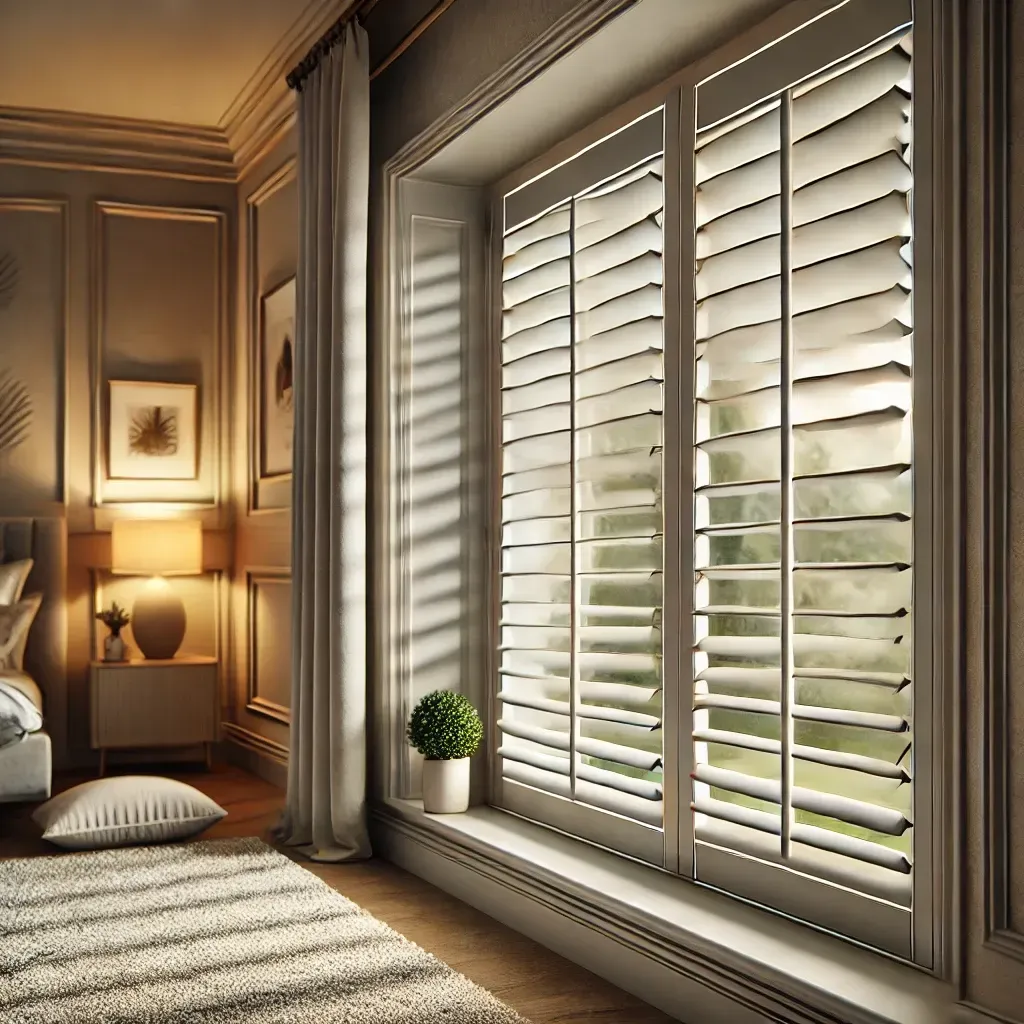
Plantation shutters or solid wood shutters provide a sturdy barrier against drafts. When closed, they create an airtight seal, reducing the infiltration of cold air. Additionally, they’re durable and add a touch of elegance to your space.
Window Film and Inserts: Budget-Friendly Alternatives
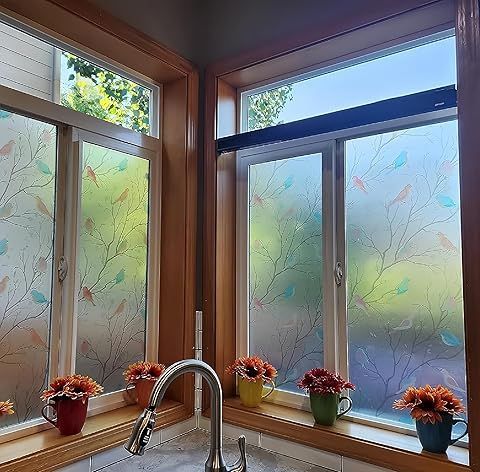
For those seeking affordable solutions, window films and inserts are excellent options. Window film is a thin, transparent layer applied directly to the glass, reducing heat transfer and blocking drafts. Inserts, on the other hand, are removable panels that fit snugly inside the window frame, adding an extra layer of insulation.
DIY Solutions to Enhance Insulation
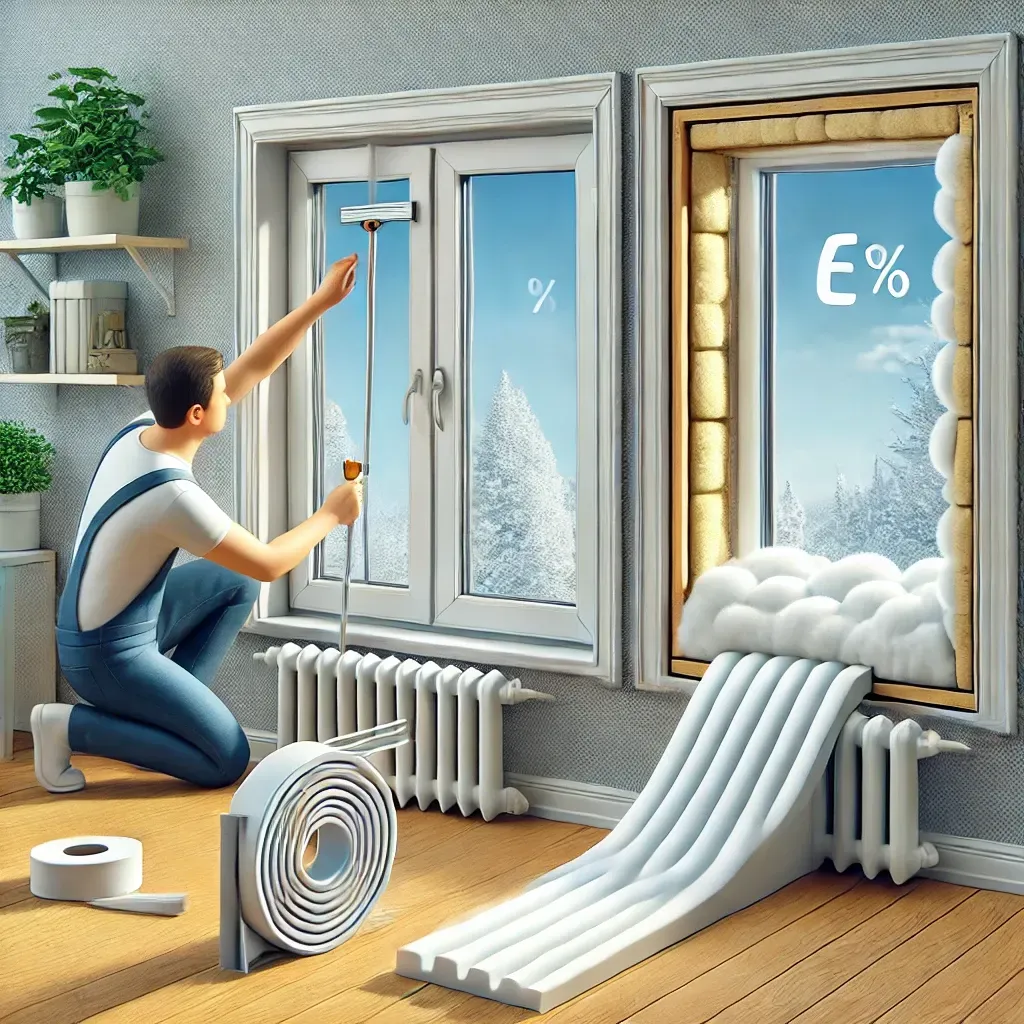
Even with the best window treatments, additional DIY measures can further reduce drafts. Consider these practical tips:
- Seal Gaps: Use weatherstripping or caulk to close gaps around the window frame.
- Draft Stoppers: Place draft stoppers at the base of windows to block cold air.
- Foam Strips: Add foam insulation strips to create a tighter seal between the window and its frame.
These simple steps can complement your chosen window treatments, maximizing their effectiveness.
Comparing Costs: Finding the Best Solution for Your Budget
Different window treatments vary widely in cost. Here’s a general breakdown:
| Window Treatment | Approximate Cost Range (per window) | Energy Savings Potential |
|---|---|---|
| Cellular Shades | $50 - $200 | High |
| Thermal Curtains | $20 - $150 | Moderate to High |
| Plantation Shutters | $100 - $400 | High |
| Window Film/Inserts | $10 - $50 | High |
Investing in quality window treatments can pay off in the long run through energy savings and improved comfort.
Tips for Choosing the Right Window Treatment for Your Home
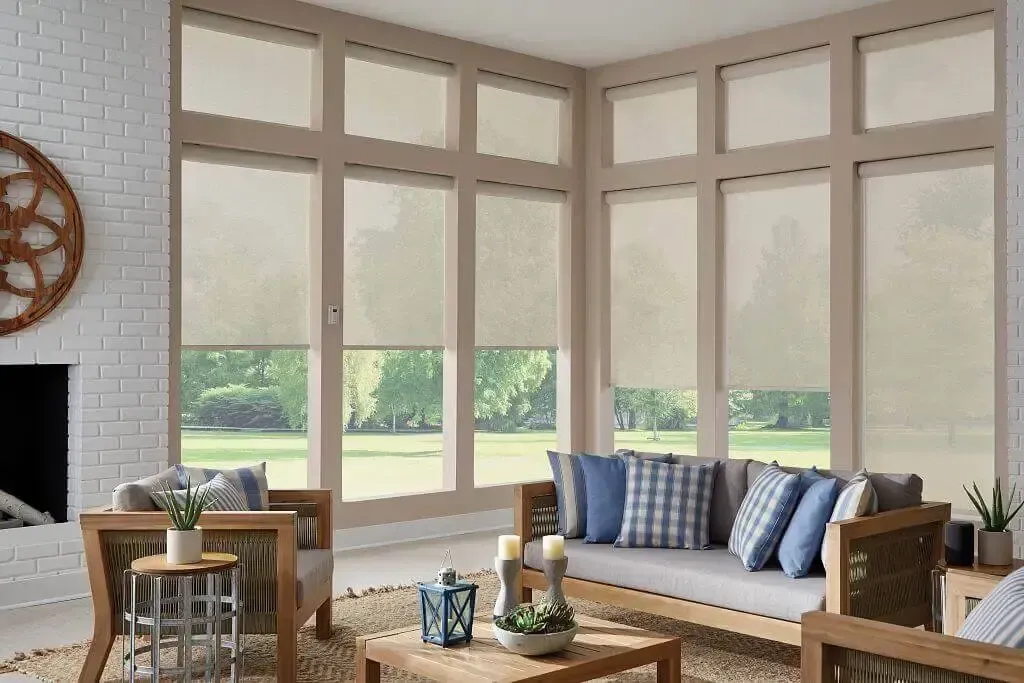
When selecting window treatments for drafty windows, keep these factors in mind:
- Window Type: Large or uniquely shaped windows may require custom solutions. For sliding glass doors, explore the Best Window Treatments for Sliding Glass Doors to find options tailored to their design.
- Decor Preferences: Choose styles and colors that complement your interior design.
- Budget: Balance upfront costs with potential long-term energy savings.
- Professional Consultation: For optimal results, consider consulting a window treatment expert for tailored advice.
Frequently Asked Questions About Insulated Window Treatments
Can Window Treatments Really Reduce Drafts?
Yes, properly chosen and installed window treatments can significantly reduce drafts and improve your home’s energy efficiency.
Are Thermal Curtains Better Than Cellular Shades?
Both options are effective, but the choice depends on your specific needs. Cellular shades offer superior insulation, while thermal curtains provide versatility and style.
How Do Window Films Compare to Other Options?
Window films are a cost-effective choice for reducing drafts but may not offer the same level of insulation as cellular shades or shutters.
Conclusion
Drafty windows don’t have to be a perennial problem. With the right window treatments, you can improve your home’s energy efficiency, reduce heating costs, and create a more comfortable living environment. Whether you opt for cellular shades, thermal curtains, shutters, or a combination of solutions, addressing drafts is a step toward a cozier, more energy-efficient home.

